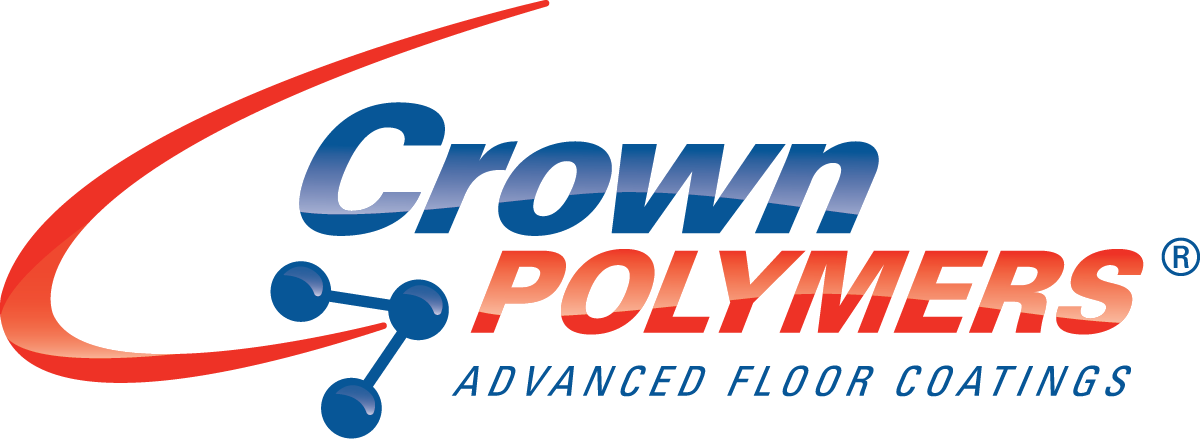FREQUENTLY ASKED QUESTIONS
It is a one-, two-, or three-part liquid applied compound, when mixed together, a chemical reaction takes place and forms a cured or hardened polymer material. When mixed and applied properly and in accordance to Crown Polymer’s and industry standards, it will be well adhered or bonded to concrete or other type of substrate.
Not at all. Other resins such as polyurethanes, polyureas, polyaspartics, novolacs, and hybrids are also used as coatings.
This is a combination of two or more coating products used in conjunction with one another. An example is an epoxy primer, an epoxy base coat, and a polyurethane top coat.
Systems are designed with specific solutions based on concrete and application conditionsand floor use requirements like chemical resistance, traffic tolerance, antistatic properties, food &beverage regulations, aesthetical and decorative requirements, light reflectivity, etc.
Concrete is the most common surface or substrate, but with the proper design, coatings can be applied over wood or tile.
There are many. Some are protection, aesthetics, cleanability, impervious to liquid spills, chemical resistant, light reflective, and anti-dusting property.
The primary advantage is additional surface protection, especially where chemical spills are possible and where the floor may be subjected to constant or heavy traffic.
Coatings are designed to meet specific needs like chemical resistance, traffic tolerance, antistatic properties, food & beverageregulations, aesthetic and decorativerequirements, light reflectivity, etc. Both resinous floor coatings and concrete polishing are sometimes both utilized on the same project in different areas.
Prior to applying a coating, surface preparation needs to be performed. The best types of concrete surface preparation are accomplished by mechanical methods to open the pores of the concrete and provide a bonding or anchor profile. The most common surface preparation methods are diamond grinding and shot blasting (also known as bead blasting).
Concrete preparation criteria and requirements are according to ICRI (International Concrete Repair Institute) guidelines.
It can be slippery, especially when wet. Additives can be incorporated into the resins to assist with slip resistance.
The primary advantage is additional surface protection, especially where chemical spills are possible and where the floor may be subjected to constant or heavy traffic.
The floor should be monolithic (seamless), slip resistant, sloped to floor drains, and perimeter coves to assist with cleaning.
Concrete can crack for various reasons. Basically, there are two types of cracks to consider, static (non-moving), and dynamic (moving). Static cracks can be filled with a rigid material like epoxy. Dynamic cracksmay require structural bonding by resin injection, or a flexible fill or membrane.


